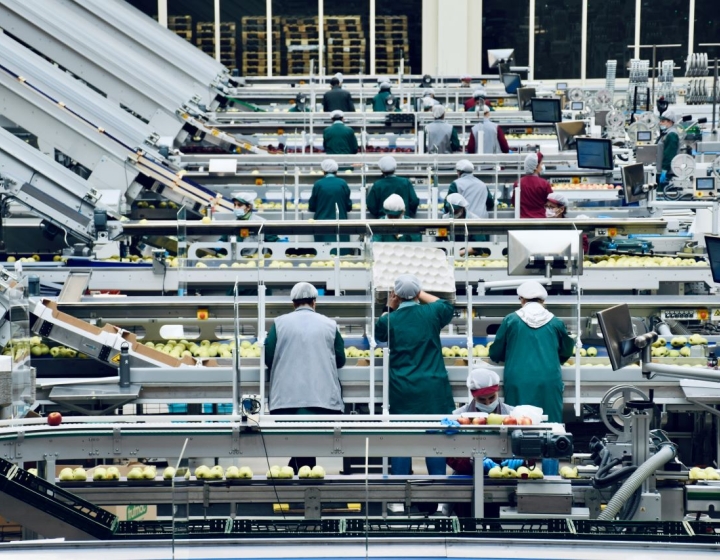What pet food should I feed?
Dr. Joseph Wakshlag, clinical nutritionist at the Cornell University Hospital for Animal, says choosing a good pet food is not as complicated as it looks. Read on to learn his perspective.
 An explosion of variety
An explosion of variety
A common question owners have for veterinarians is “Which pet food should I feed?” The pet food and treat industry is an $18 billion-a-year endeavor that has many pet owners reeling with the complexity in choices out there today. Fifteen years ago we all went to the nearest grocery store or retailer to pick up pet food. Now options have expanded to entire pet-care stores with five or six aisles committed to food choices alone.
Choices used to include merely dry versus wet. Now we have dry kibble, baked, and pelleted foods, wet canned foods and chums, as well as fresh-cooked, fresh freeze-dried, and fresh-raw foods. It doesn’t stop there. You regularly face labels such as all-natural, holistic, organic, grain-free, corn-free, byproduct-free, all-meat, no-carb, lite, weight-control, senior, breed-specific … the list goes on.
 A good choice is not as complicated as it looks
A good choice is not as complicated as it looks
All pet food that shows the nutritional guarantee statement of the AAFCO (Association of American Feed Control Officials) stating that it is complete and balanced will ensure adequate health for pets. From there the choices address pet performance, which requires some trial and error for owners looking for the shiniest coat or waste to clean up.
Most veterinarians recommend foods that have been on the market awhile and have been tested tried and true. Others recommend products they have used on their pets and those of other clients with success, but keep in mind this does not mean it will be perfect for your dog.
 Think from your pet’s perspective
Think from your pet’s perspective
A rule of thumb is to not anthropomorphize. Just because you will not eat liver and lungs does not mean your dog or cat won’t. Words like “byproduct” might make you keep a product off your own plate, but indicate perfectly good and cheap protein sources with good nutritional value for dogs.
In addition, though carbs, corn, and wheat may have caused a recent flurry in the human food market, they are perfectly good for pets. Most corn-free or grain-free products just substitute rice or potato and charge you more for it.
 Add fruits and veggies on your own
Add fruits and veggies on your own
Picking a food that has blueberries, cranberries, or spirulina is fine, but beware that in most foods such ingredients are typically less than 1% of the food. Focus on feeding a solid basic food with all of the protein, fat, and carbs and adding fruits and vegetables yourself. When we want to do healthful things for our pets, buying the fancier pet foods with all of the fruits and vegetables in them may seem worthwhile. But I prefer adding my own fruits and veggies to my dog’s meal since I know how much goes in. Just stay away from grapes, raisins, avocado, onions, and fresh garlic in general, as these can be harmful to pets. An apple a day may not keep the veterinarian away but it seems like a logical choice for a treat or supplementing your pets menu.





